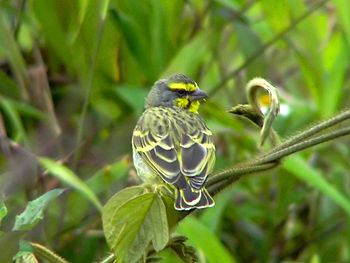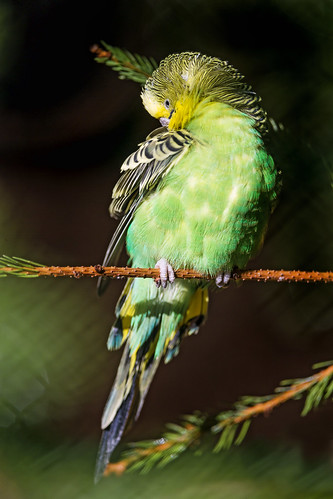 |
| Left - normal chicken eye. Right - Eye of a chicken with Marek's disease (Photo credit: Wikipedia) |
Poultry farming is a method that involves breading and rearing of chickens, ducks, turkeys, and other such birds with a purpose of obtaining eggs and meat for food. Poultry is considered an important source of the animal protein throughout the globe and is considered the most intensive species for rearing. There are a number of ways in which there is a big use of poultry products like butter, bread, bakery items, and other recipes.
The poultry industry is known to be a major contributor of food and plays a significant role in the economy of any country. Poultry rising in different parts of the world has proven it a profitable enterprise as it is considered a best and vital source of palatable, nutritious, and cheap food protein. In different parts of the world, there are hen birds that are maintained in the backyard of houses on small-scale in small villages. A very little investment is needed in terms of material and money for this backyard poultry farming.
Some important breeds worldwide involve leghorn, buff rock, Rhodes Island red, light Sussex that is hatched successfully in different parts of the world. An average of almost 250-300 eggs is produced by lying birds per year whereas the average live weight of lying birds is usually recommended at the age of 8 weeks as 1200 grams.
Over the last few decades, the production of poultry eggs and meat has shown a positive growth in the performance of livestock sector. Poultry farming is considered one of the most profitable and promising sources of extra income.
Rearing and breeding poultry is a tough job as there is an increased risk of diseases in poultry, both locally as well as internationally. There are different causes of poultry diseases but there are two main categories of the direct cause that include infectious and the non-infectious. Some non-infectious condition may cause reduced immune responses; secondly, this non-infectious condition may result in increased contact with different infectious organisms that can lead to an increased cause of infectious diseases.
Comparative to the production of modern poultry, the poultry production that is village based is usually characterized by different disease ranges that occur at same time. There is some free-range poultry that has subclinical infections with an increasing number of ectoparasites and endoparasites. Backyard poultry results in low productivity and the major cause of this is high mortality that is due to the diseases, mismanagement, lack of nutritional predators, and feeding. In this backyard system, the rate of mortality has been estimated about 80-90% within one year of hatching.
In many flocks of family poultry, poultry disease is an important and increasing problem. Diagnosing, treating, and preventing poultry disease are considered essential to any of the attempt at raising the productivity.
In the commercial production system, broilers are vaccinated routinely against different diseases like Avian Influenza, Infectious bronchitis, Marek's Disease, Newcastle Disease, and many others that depend on some specific recommendations and situations in each country. There are a number of poultry diseases so they are divided into five major categories that include poultry diseases caused by fungal infections including Aspergilloses, Ochratoxicosis, Fusariotoxicosis, aflatoxicosis; virus such as Fowl Pox, Avian Flu; bacteria like Escherichia coli, Pasteurella multocida, Mycobacterium avium; parasites like Coccidiosis, Haemoparasites; and those are caused by nutritional deficiency like the food that may be deficient in vitamins and minerals. There are also problems that involve poultry diseases caused by the stress, poor management, and housing. To avoid different poultry diseases it is recommended to have a regular examination of your chickens to avoid any type of serious and fatal disease.



















